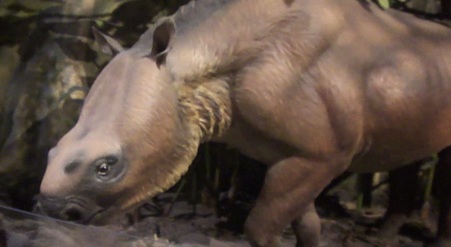 Brontothere lived in Northern San Diego around 55 million years ago.
Brontothere lived in Northern San Diego around 55 million years ago. First Humans
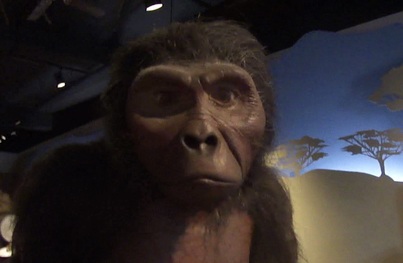 Australopithecus Africanus, who would evenually evolve into Homo-Sapiens. On display at the San Diego Museum of Man.
Australopithecus Africanus, who would evenually evolve into Homo-Sapiens. On display at the San Diego Museum of Man. 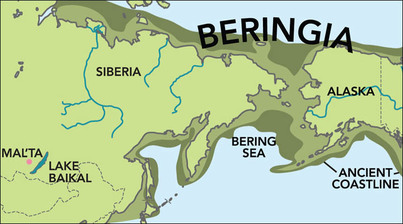 http://siberiantimes.com
http://siberiantimes.com 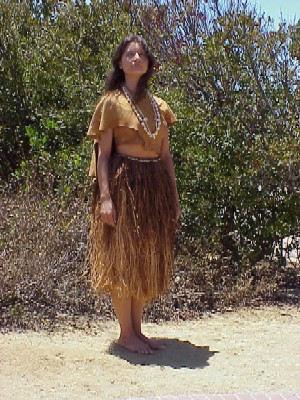 A Kumeyaay woman. Ascendant of the Ipai and Tipai. - nps.gov
A Kumeyaay woman. Ascendant of the Ipai and Tipai. - nps.gov 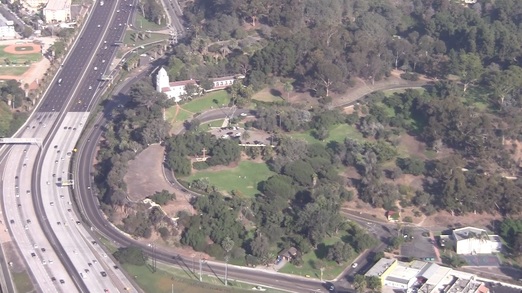 Former Native Village of Cosoy as it looks today.
Former Native Village of Cosoy as it looks today. 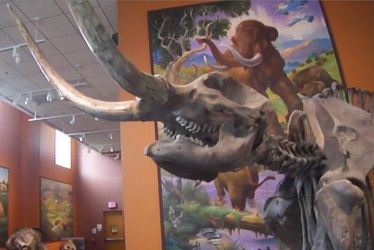 Local mammoth on display at the San Diego Natural History Museum.
Local mammoth on display at the San Diego Natural History Museum. Microclimate
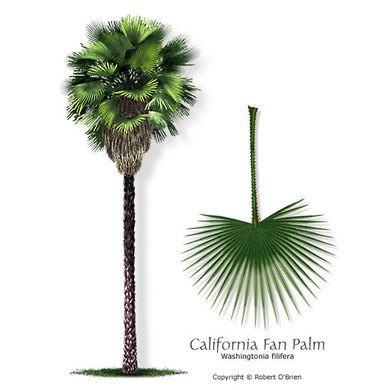 California Washingtonia - http://texastreeplanting.tamu.edu
California Washingtonia - http://texastreeplanting.tamu.edu Sources:
http://www.foxnews.com/story/2009/02/05/mammoth-remains-discovered-at-san-diego-construction-site.html
San Diego Natural History Museum:
http://www.sdnhm.org/
San Diego Geology:
http://www.san-diego.us/san-diego-geology
Salton Sink:
https://en.wikipedia.org/?title=Salton_Sink
The Kumeyaay:
http://www.kumeyaay.info/
Native Civilizations over time:
http://geacron.com/home-en/
California Washingtonia;
https://en.wikipedia.org/wiki/Washingtonia

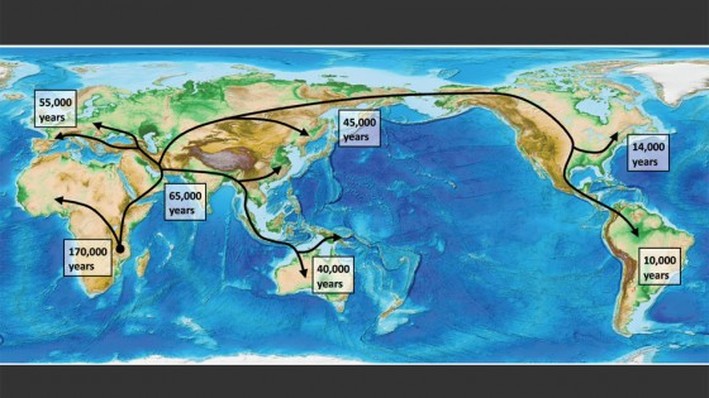
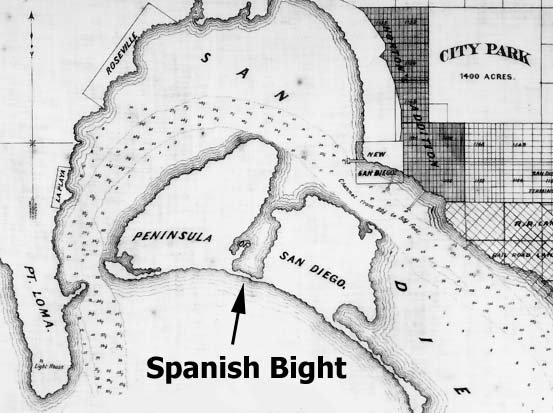
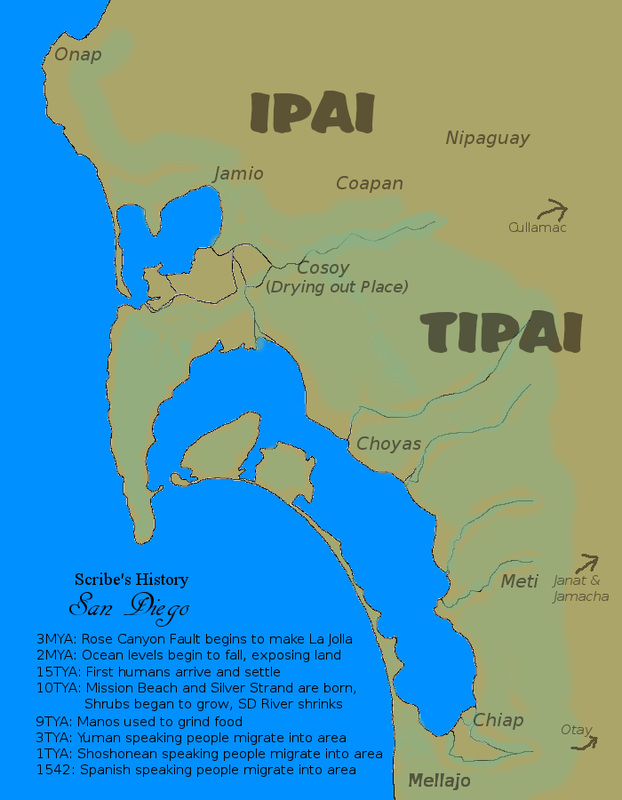
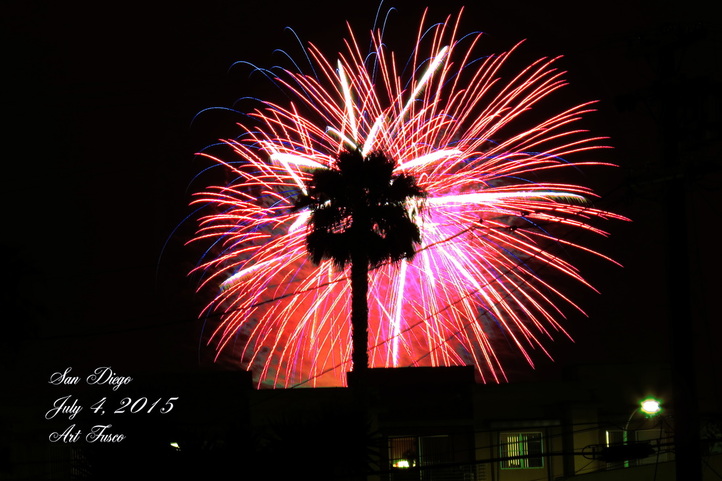
 RSS Feed
RSS Feed